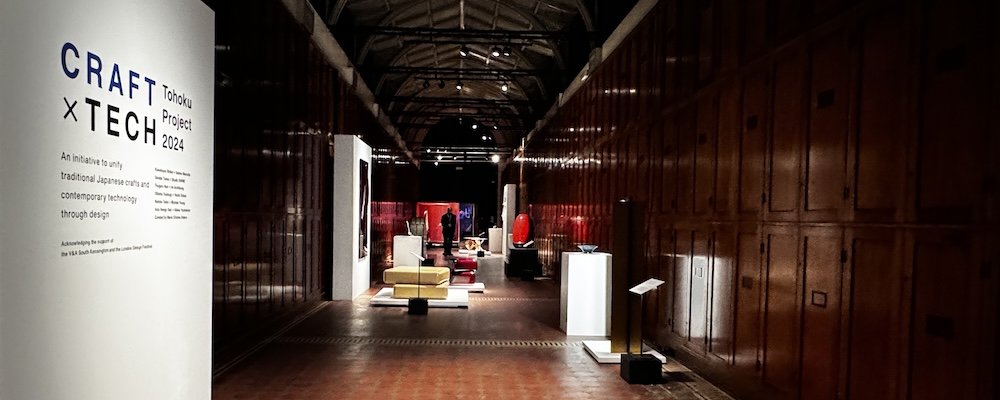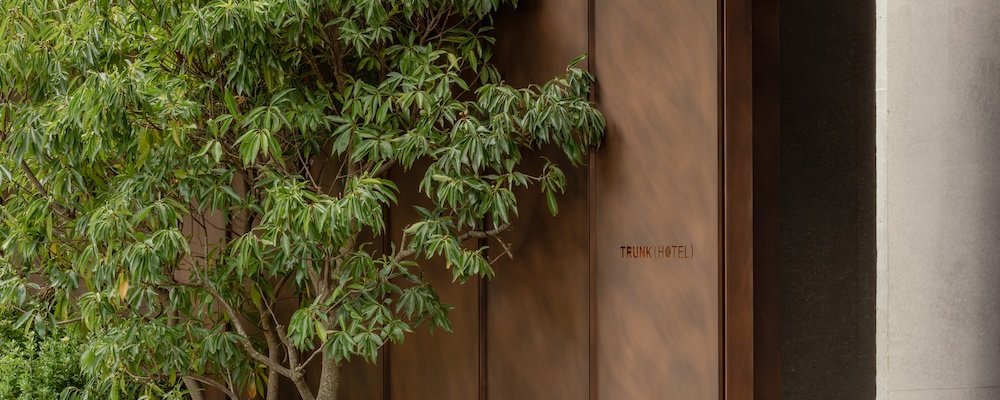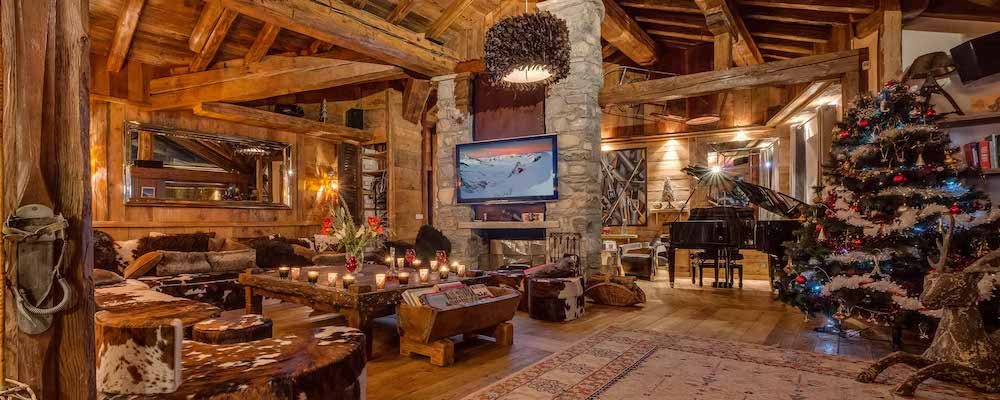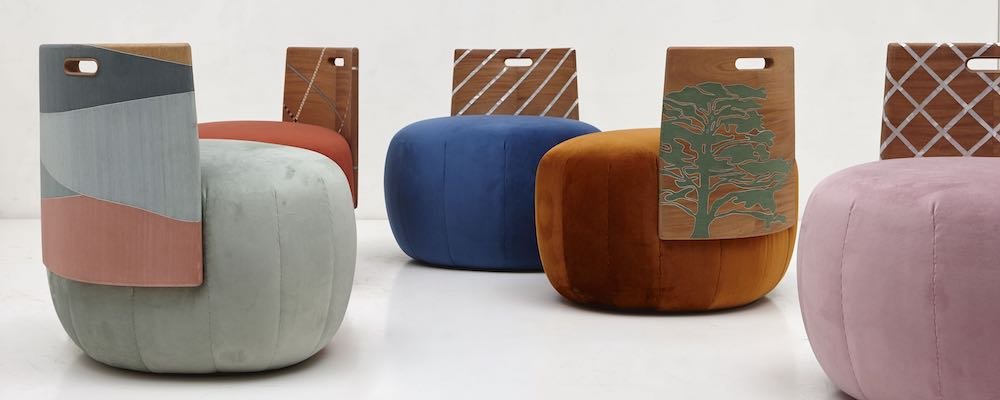The Umbrella House by Kazuo Shinohara
If you are heading to Art Basel and Design Miami/Basel next week, do not miss Vitra Design Museum’s brand new addition on its Campus: the Umbrella House by Kazuo Shinohara.
Kazuo Shinohara (1925–2006) is considered one of the most important Japanese architects from the latter half of the twentieth century, along with Kenzo Tange. His work subsequently influenced architects such as Toyo Ito and Kazuyo Sejima, but is still little known internationally. In addition to the many awards he received throughout his career, he was posthumously awarded the Golden Lion in 2010 at the 12th Architecture Biennale in Venice. A masterpiece from Shinohara’s so-called First Style is the Umbrella House built in Tokyo in 1961, which has now been reconstructed on the Vitra Campus in Weil am Rhein.
The wooden house with its square layout offered sufficient space for a small family under its namesake roof – the ›umbrella‹. In designing the house, Shinohara drew on the traditional vernacular architecture of Japanese homes as well as temples, transferring various motifs to residential construction for the first time.
For example, the pyramid-shaped roof form used in the Umbrella House had previously only been seen in temple complexes. When building the Umbrella House, Shinohara deliberately employed simple and inexpensive materials, such as the cement fibre boards on the façade. The Umbrella House made a novel and inspirational contribution to the architectural discourse of 1960s Japan.
As the Umbrella House was to be demolished to give way to a roadbuilding project at its previous location in Tokyo, Vitra decided to acquire the house and safeguard it for posterity. Built using a wooden post-and-beam construction method, the house was carefully dismantled in the summer of 2020 and separated into its individual parts. The wooden structure made of Japanese cypress, Japanese pine and Oregon pine was securely packed along with the other components and shipped to Weil am Rhein. Reconstruction on the Vitra Campus commenced in September 2021 in close coordination with the Tokyo Institute of Technology and was completed in summer 2022.
Shinohara himself divided his work into four styles, each addressing different issues and challenges. The Umbrella House built in 1961 in Nerima, a residential neighbourhood of Tokyo, is the smallest and one of the last remaining residences from his First Style. The 55m2 floor area accommodates a kitchen and dining table, a living room, a bathroom and a traditional tatami room with 15 half-size tatami mats, which provided living and sleeping quarters for the whole family. Slightly raised with a flat ceiling, the tatami room can be separated from the living room via five sliding doors (fusuma). The prints by Japanese artist Setsu Asakura on the sliding doors were also executed to Shinohara’s specifications. The visible umbrella structure of the roof spans the interior volume at 4 metres in height, which makes the small floor area appear larger. A ladder provides access to the half-height area above the tatami room, which served as storage space. The furniture was designed by Kazuo Shinohara himself as well as by designer Katsuhiko Shiraishi. Today, the house is furnished with a mix of replicas and original pieces.
“The strength of my conviction that ‘A House is a Work of Art’ was born of the struggle with this small house. I wished to express the force of space contained in the doma (earthen-floor room) of an old Japanese farmhouse, this time by means of the geometric structural design of a karakasa (oiled-paper Japanese umbrella).”
As of summer 2022, the building will serve as a venue for small gatherings on the Vitra Campus, providing visitors with insights into a prominent example of modern Japanese architecture. After the geodesic dome by Buckminster Fuller/George Howard (1975) and a petrol station by Jean Prouvé (1953), it is the third historic building to take root on the Vitra Campus. All three extend the chronological horizon of the campus and invite comparison with the buildings by contemporary architects.
’It can make sense to move a building if its construction easily allows this, and of course it must fit into the context of the new location. The Umbrella House meets both criteria: it is relatively simple to relocate and it connects with the strong Japanese presence – Tadao Ando, SANAA and soon Tsuyoshi Tane – on the Vitra Campus.’ - Rolf Fehlbaum, Chairman Emeritus of Vitra.
Pictures by Dejan Jovanovic, Dehli Grolimund, Akio Kawasumi.






















